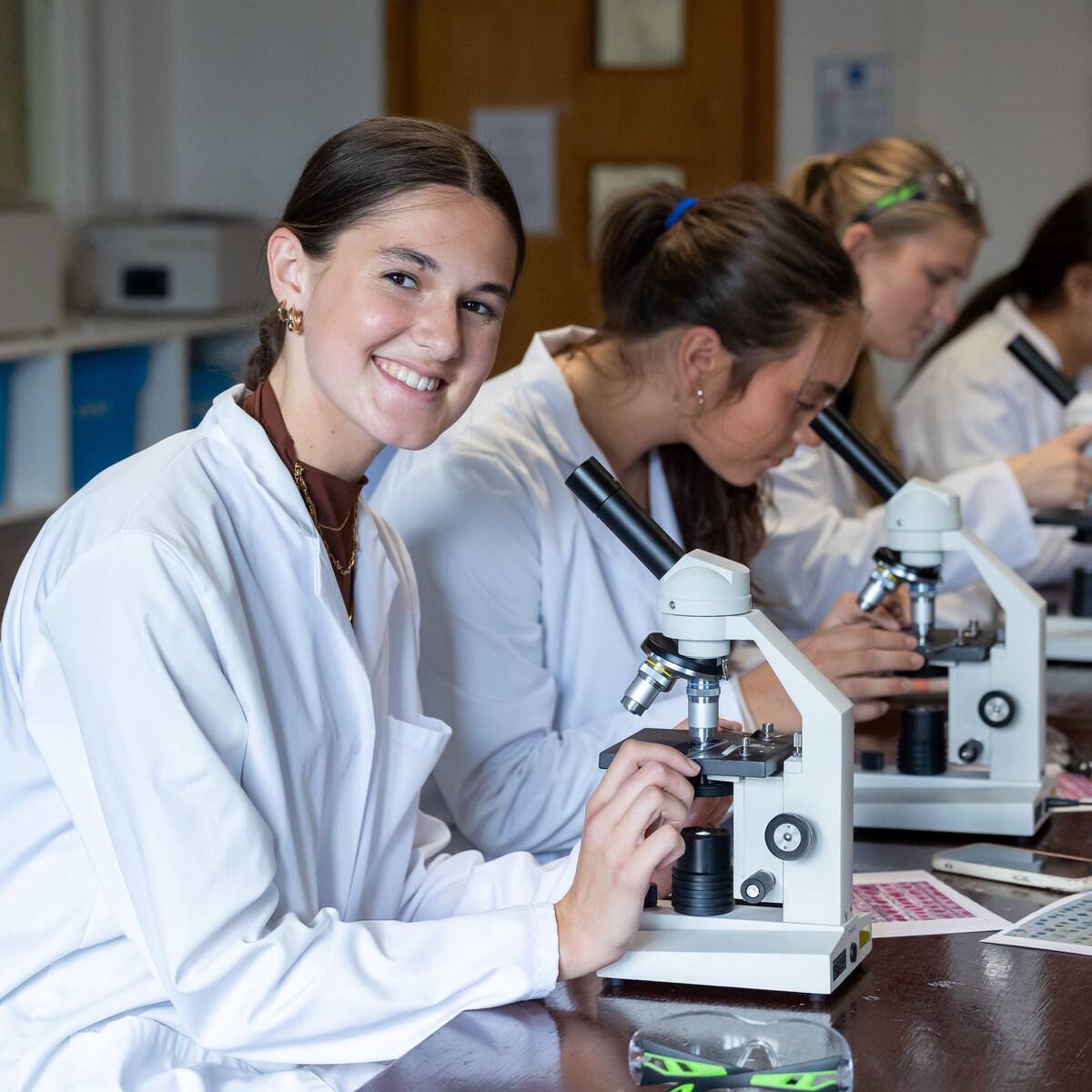London Galleries and Frieze Art Fair Art Tour October 2015 by Olivia Jamieson
Sixth Form, Art
Last week, the Sixth form art students and art historians visited London, seeing several of the current exhibitions. Our first excursion of the day was to the Tate Britain. Here we visited two exhibitions, the first being Barbara Hepworth. The exhibit (titled ‘Sculpture for a Modern World’) showcased her most renowned abstract sculptures next to her rarely seen works of modern art, both big and small made out of various materials of wood, stone and bronze. Up close, we could really get a feel of the form and shape Hepworth wanted to convey, shown by the smooth, polished surface where even the marks of Hepworth’s caving could be seen. The galleries ranged from domestic sized carvings to Hepworth’s experimentation with volume and space shown through her organic, tunnelled out shapes, alongside personal film and photographs of the artist and sketches she had made.
After a bite to eat, and seeing the permanent collection of the Tate Britain, including the Pre-Raphaelite Millais’s Ophelia and Turner’s seascapes, Frank Auerbach was the next stop. The exhibition was arranged into six galleries, each displaying the decades of the artist’s life, from the 1950s to the present day. What struck me first was how different the paintings were from one another, so although the paintings are in chronological order there is no great narrative to his work. However he used the same technique in his paintings; thick impasto paint reworked over and over therefore the finished product is a mass of paint, the scraping and blotting of the paintbrush shown on the surface. His work ranged from macabre, distortional charcoal self-portraits, to thickly painted portraits and to urban landscapes.
At 7pm in the National Gallery, we arrived to see Francisco Goya’s portraits. The Spanish artist’s portraits of aristocrats and royalty is a world away from Goya’s nightmarish ‘Black Paintings’ but here we saw him celebrated as a well-established portrait painter in the late 18th to 19th Century, enabling us to see his development as an artist. The portraits conveyed the status of the sitter (shown by the vivid dress of the times) but also an insight into the character, a technique Goya used on his self-portraits too.
On Saturday morning we retraced our steps back to Trafalgar Square, to The National Portrait Gallery to see the Giacometti exhibition. Many of us had never heard of the Italian, Swiss artist but we all went away wanting to know more. The exhibition focused on his portraiture, where his earlier work was very different to his later style, portrayed in the sinisterly gaunt figures. There was a real sense in his work that he wanted to evoke the ‘human presence’– the title of the show. Our last stop of the day and the trip was to the Frieze Art Fair, where contemporary galleries from across the world come to showcase their work. Bizarre and unusual artwork filled three huge tents buzzing with an energetic atmosphere – a new experience for us all.
Overall, it was an engaging trip, enabling us to research other artists, expanding our knowledge in such a small space of time.

